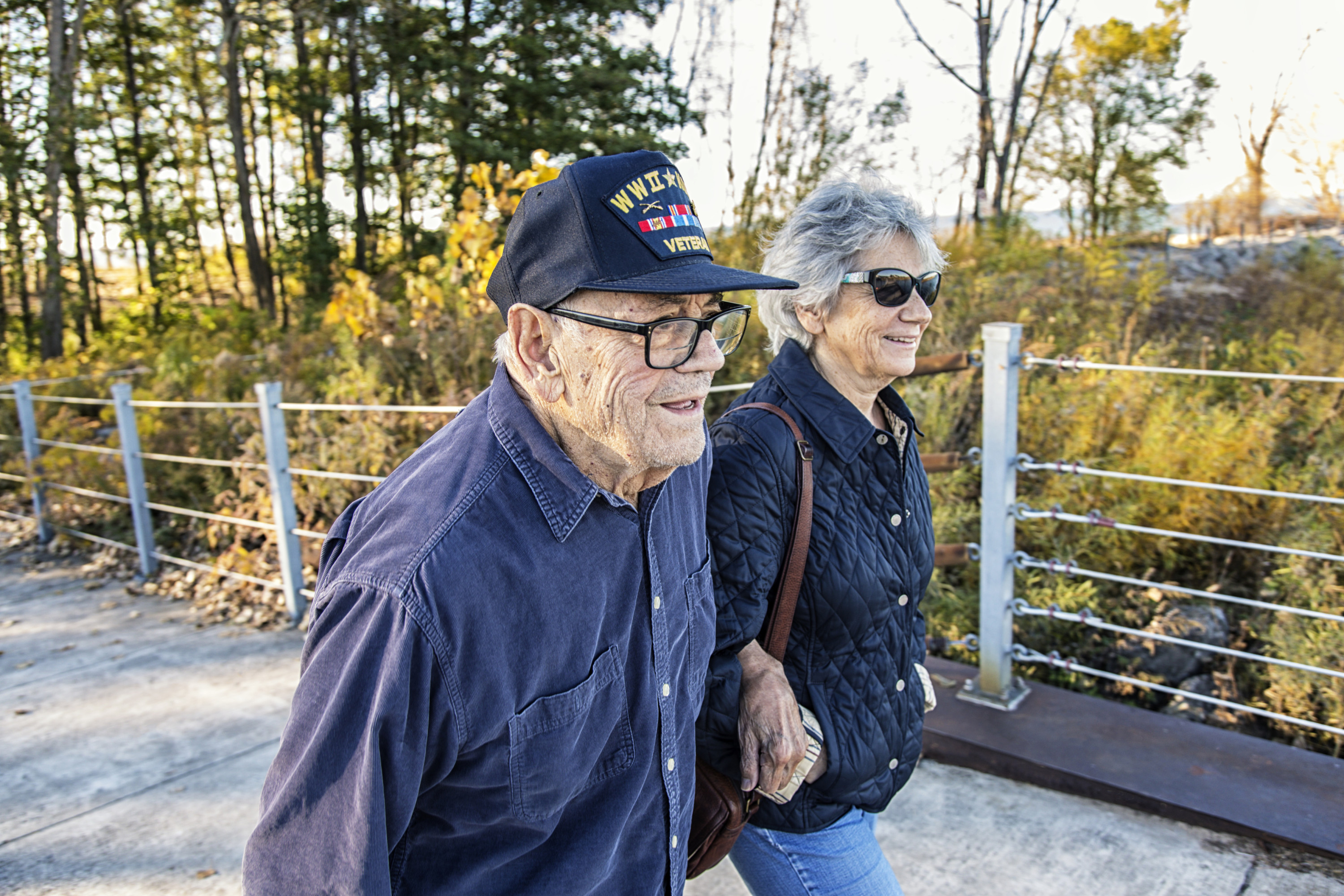
Nearly half of U.S. veterans are 65 years of age or older, according to the United States Census Bureau, and of these older veterans, many are likely to have a functional disability. As veterans age, many need help with activities of daily living, often referred to as ADLs. These activities include tasks such as bathing, toileting, walking and managing medications. Many veterans have service-related injuries or illnesses which can add to the difficulty and stress of aging. According to Forbes Magazine, assisted living provides physician and mental assistance for older adults. However, the high cost of assisted living communities can deter veterans from seeking the care they need, especially as they get older. Fortunately, The U.S. Department of Veterans Affairs offers benefits to veterans to help offset the cost of supportive services needed to help with activities of daily living. The Aid and Attendance and Housebound benefits are lesser-known benefits available to Veterans who need additional support and qualify for assisted living or other long-term care options. If you or your loved one is an aging veteran in need of assistance, there may be a benefit available to you that can offset the cost and stress of aging. We’ve compiled a guide to help get you started.
According to U.S. News, there are a number of different benefits available to veterans, depending on the specific service history and eligibility. These benefits can typically be used to offset the cost of assisted living for those who qualify:
These additional payments are available to veterans who receive a VA pension and need extra assistance with ADLs or are housebound due to a permanent disability. Veterans who qualify for A&A can use the increased pension to help pay for the cost of assisted living, nursing home care, or in-home care services. Housebound benefits similarly provide additional financial assistance for those with limited mobility, easing the financial burden of long-term care.
The VA pension provides financial support to low-income wartime veterans, while the survivors pension assists surviving spouses and dependent children of wartime veterans. The pension supplements income and can be used to cover living expenses, including assisted living. Veterans and their survivors who qualify can receive this monthly benefit, which can help make assisted living more affordable.
This program gives veterans the option to receive a budget they can use to pay for services like personal care, home modifications, and respite care. Veterans directed care empowers veterans to choose how to spend their care budget. They can use it for in-home services or to pay for assisted living, allowing them to tailor care to their needs.
The VA offers geriatric services that include skilled nursing, home-based primary care, respite care, and more to assist older veterans. These services provide veterans with access to health care and long-term care services, which can reduce or eliminate the need to pay for some of these services out of pocket.
State veterans homes offer nursing home, domiciliary, and adult day care services at a lower cost than private facilities. Veterans and their spouses may be eligible for lower cost assisted living or long-term care in these state-run facilities, significantly reducing the financial burden compared to private care.
These Medicaid waivers allow veterans to receive long-term care services in their home or community instead of in a nursing facility. By providing in-home care, these waivers can delay or eliminate the need for assisted living, thus reducing overall care costs. Veterans can use this to receive personal care, homemaker services, and adult day care.
Veterans with service-related disabilities receive monthly tax-free payments based on the severity of their disability. Veterans can use these payments to cover the cost of assisted living or long-term care, making it easier to afford the services they need as they age or face increased health challenges.
Qualifying for VA benefits depends on the specific type of benefit being applied for, but generally, veterans must meet certain service, disability, and financial criteria.
Here’s an overview of how to qualify for common VA benefits, according to the U.S. Department of Veterans Affairs:
While veterans are eligible for a wide range of services and benefits, knowing how to get started can be challenging. AARP designed the Health Benefits Navigator tool to help veterans and their families understand and initiate the benefits they need and deserve. Our Maplewood Senior Living communities are proud to employ, care for, and serve veterans of all different backgrounds and abilities. To learn more about our offerings specifically for veterans, please contact us. We’d love to hear from you.
Sign up to receive the latest posts straight to your inbox.
Keep Reading